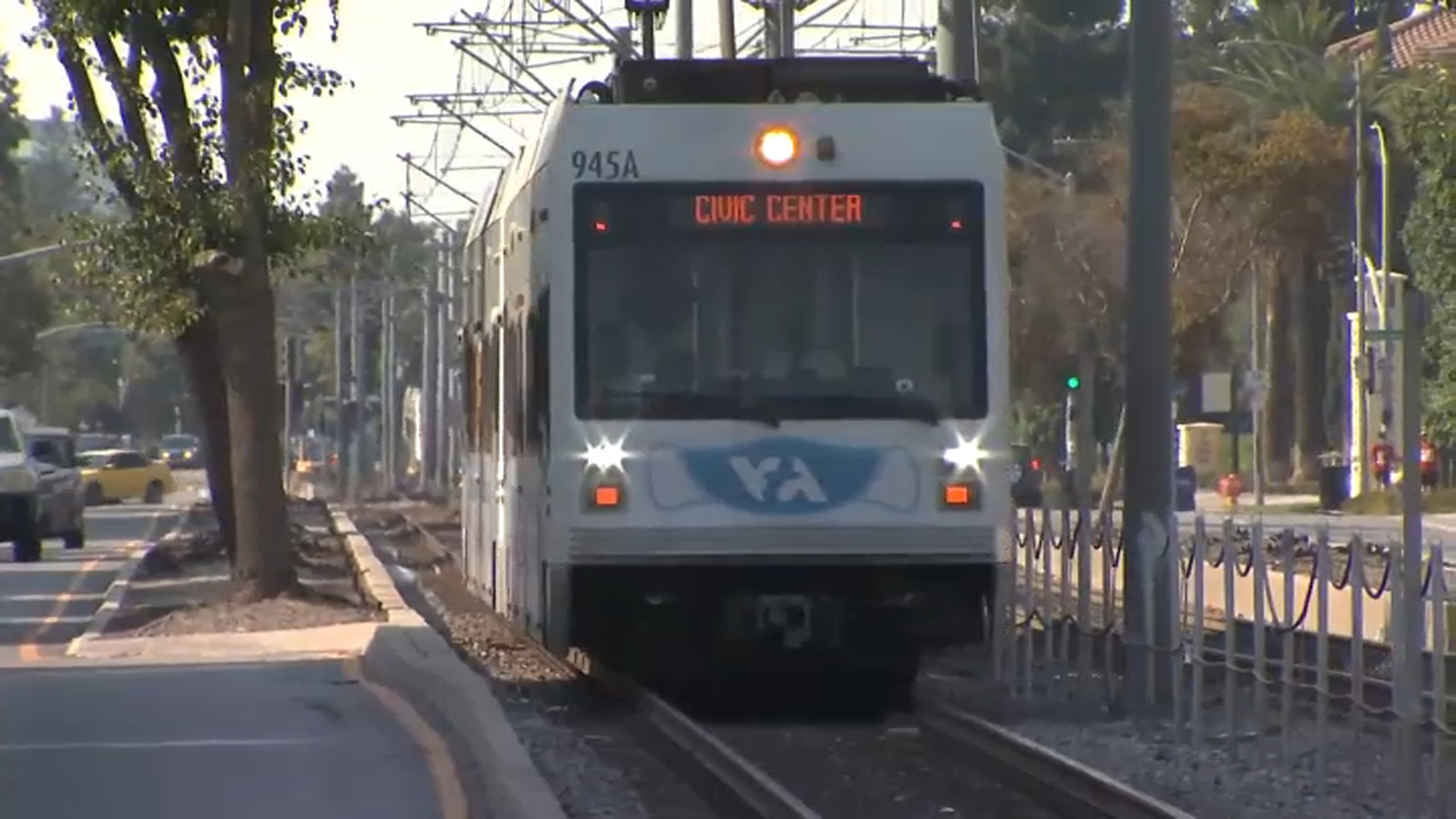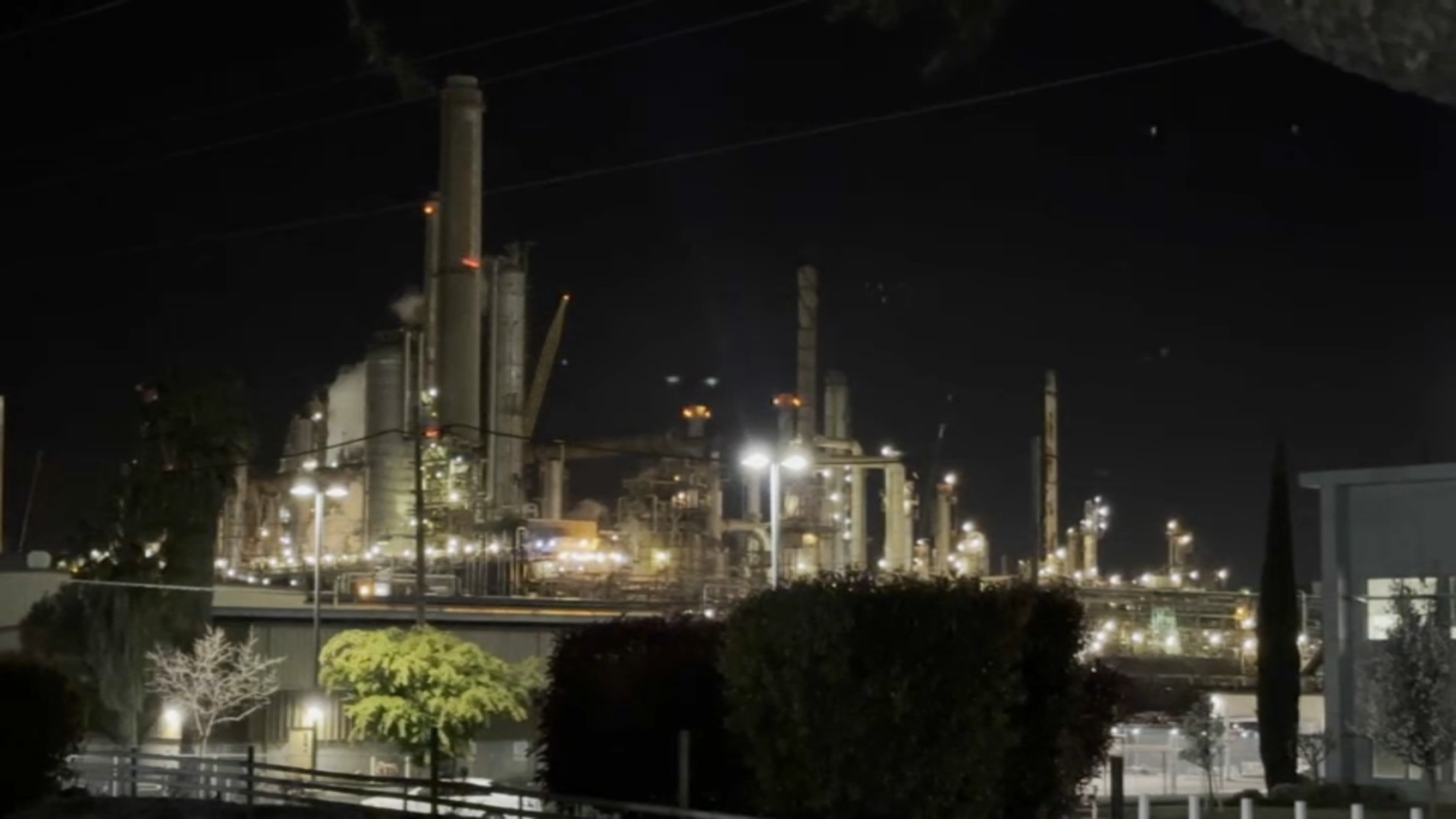Navigation centers, which San Francisco began opening in 2015, are designed to address shortcomings of the old homeless shelter system. They don’t accept walk-ins, don’t have curfews, and don’t send guests back out on the street in the mornings, so neighbors are less likely to see crowds gathered outside them. Homeless outreach workers invite people into navigation centers for 30…
What to Know
- Navigation centers are a new kind of homeless shelter that San Francisco began opening in 2015
- The new shelters focus on helping people transition from the streets to living indoors, then helping them find housing
- San Francisco's Port Commission has approved the largest navigation center yet, on a lot facing The Embarcadero
On a sidewalk facing San Francisco's iconic Embarcadero, in the shadow of the Bay Bridge, sits a tent, a bicycle and a neatly-stacked pile of belongings.
Seated in front of the small camp are Shilo Pierce and Kerry Hagan. Pierce is still suffering from injuries he sustained when he barely survived a train wreck three years ago. Hagan just found out she has cancer. Both are homeless.
"It's scary being out here," Hagan said.
From the spot where they just spent the night, Pierce and Hagan can see into the lot where a new city shelter could soon bring them what they've been hoping for: a place to come indoors, have a warm meal, and meet with case workers who could help them find permanent housing. The facility is called a "navigation center," and it's San Francisco's answer to helping people end their homelessness.
"I like to think of navigation centers as shelters as they should be," said Jeff Kositsky, director of San Francisco's Department of Homelessness and Supportive Housing. "They have 24/7 access, they're smaller, they're better designed physically."
Kositsky said navigation centers, which the city began opening in 2015, are designed to address shortcomings of the old shelter system. Neighbors won't see people lined up or panhandling outside a navigation center, he said, because they don't accept walk-ins, and guests aren't kicked out onto the street every morning. Homeless outreach workers invite people into navigation centers for 30 to 90 days, with a goal of finding them permanent housing before that time is up.
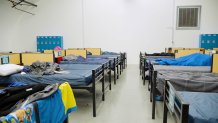
"This is just one part of the puzzle," said Supervisor Matt Haney, whose district includes the Embarcadero navigation center site. "We need navigation centers all across the city, we need more housing, especially supportive housing, so people have exits from homelessness."
Local
Mayor London Breed has promised to build 5,000 new housing units per year while in office, and to add shelter capacity for 1,000 individuals on a nightly basis. Critics of the Embarcadero shelter plan have accused the mayor of circumventing due process to fast-track the new center despite their objections.
"The mayor, in pursuit of a political goal, has been ignoring laws and regulations designed to protect the public," said Wallace Lee, an organizer for Safe Embarcadero, the neighborhood group that's raised over $100,000 for a legal fight against the city.
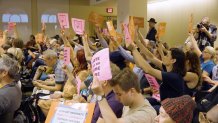
A competing fundraiser has also raised six figures, including a contribution from Salesforce CEO Marc Benioff, and plans to donate its proceeds to the Coalition on Homelessness. The Coalition held a rally in favor of the new navigation center on the day San Francisco's Port Commission voted to approve a lease on the property for two years, with a two-year extension if things go well.
The Embarcadero navigation center will look physically similar to the one at Division Circle, the round piece of property tucked into a freeway on-ramp on South Van Ness Avenue. That center is built out of semi-permanent tents manufactured by Sprung Structures, and has restrooms and showers in separate modular buildings.
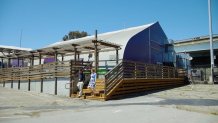
Unlike a traditional shelter, navigation centers have ample community space — both indoor and outdoor — and allow guests to sleep at any time of the day or night.
"When you're sleeping outside for 5, 10, 15 years, you're sleeping when it's safe to sleep," said Abigail Stewart-Kahn, a spokesperson for Homelessness and Supportive Housing who gave us a tour of the Division Circle center. "And so when they come inside, sometimes people just need to sleep for days to let their systems re-establish themselves."

Stewart-Kahn said navigation centers aim to put the humanity back into daily life by allowing simple freedoms like choosing when to eat.
"People can get meals when they're hungry, just like you or I can at home from our refrigerator," she said.
People living in navigation centers are called "guests" — a term meant to underscore the temporary nature of their stay. The ultimate goal for all 126 guests at Division Circle is to find permanent housing, whether it's with family, with rent assistance, or in one of the city's supportive housing programs. Case managers have on-site offices with windows into the center's common areas, and meet with their clients at tables in the community room.
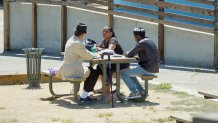
"When people are outside for a really long time," Stewart-Kahn said, "Society turns away from them, and they are treated by those of us who are housed as less than human. And so navigation centers are all about rebuilding and helping to see people's humanity. Rebuilding trust day after day with a case manager is part of that process."
Because people who are homeless may already distrust the shelter system — or have tried it and given up — navigation centers are designed to lower the barriers.
"People are allowed to come in with their pets, their partners and their possessions," Kositsky said.
In addition to men's and women's dormitories, the Division Circle center has a dorm for couples that includes double beds. Except for the low-profile beds designed for guests with disabilities, most beds have room underneath for a pet carrier, and each bed is assigned a locker on a nearby wall. Larger possessions can be stored in containers outside the main structure.
With all the freedom afforded to navigation center guests, Shilo Pierce told us his 2016 stay in the very first navigation center at 16th and Mission was a little too unsupervised.
"You could pretty much do what you want — and that includes getting stole from, and drugs being in the center," he said.
But three years later, Pierce and Hagan said they believe the current crop of navigation centers is well run, and both are hoping for a spot in the new one that's slated to open as soon as September.
Kositsky said the city is moving forward with its plans for construction, despite word from concerned neighbors that a lawsuit is coming.
After the vote, Port Commission vice president Willie Adams conceded, "This is something that I know probably will be settled in the courts."

